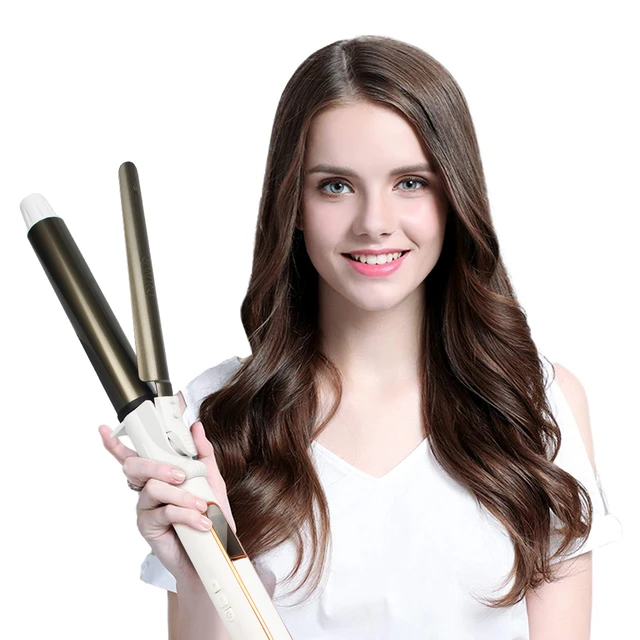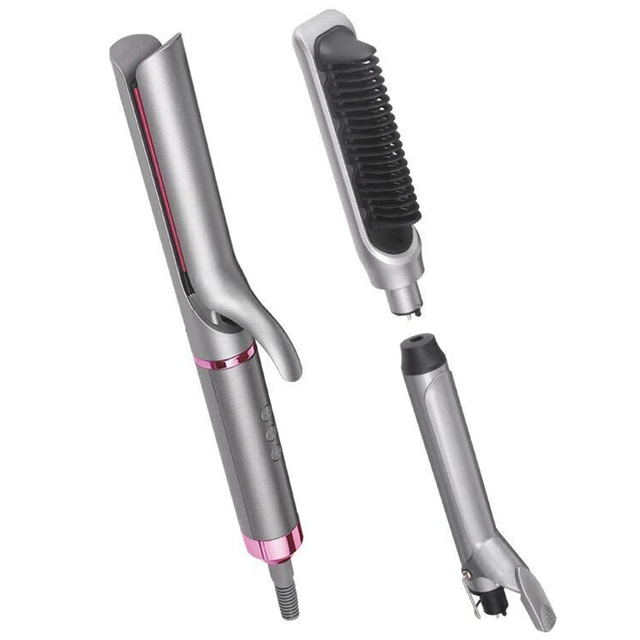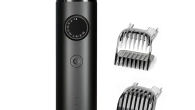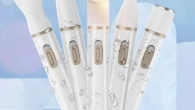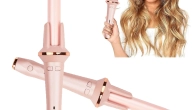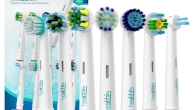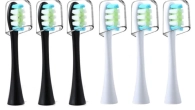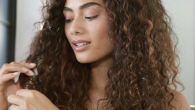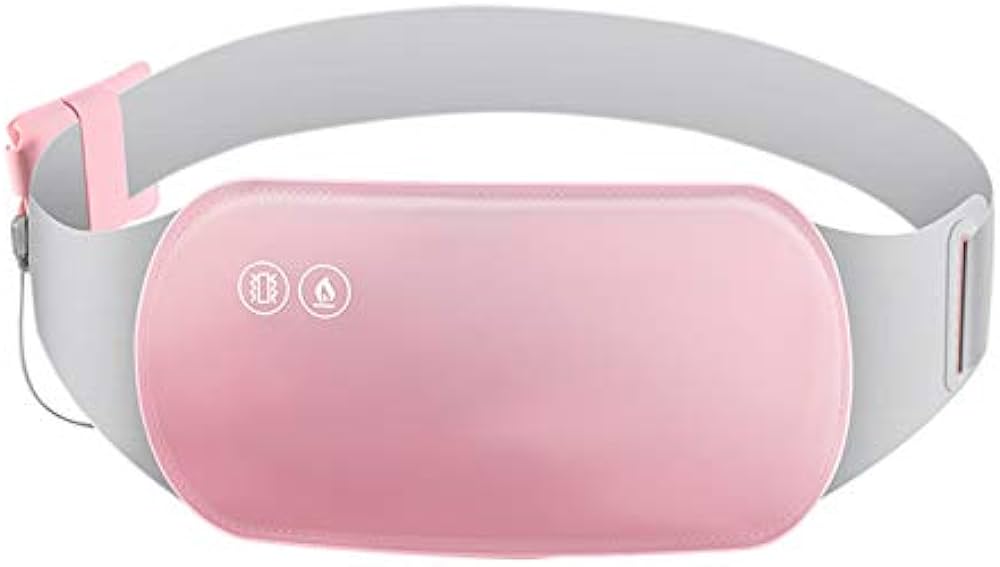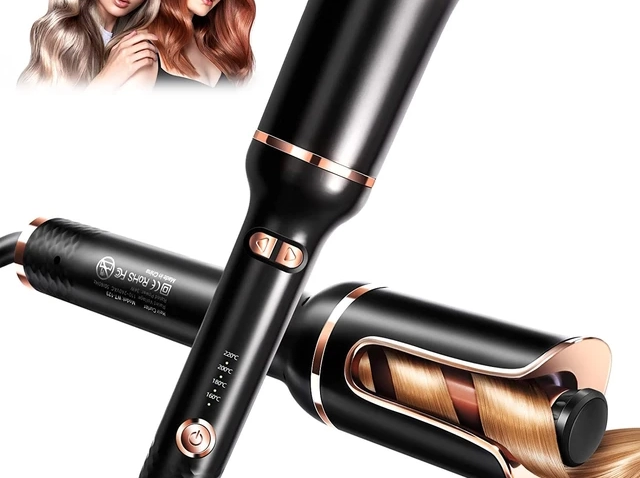
What Temperature Should I Curl My Hair: The Perfect Setting
Finding the right temperature to curl your hair can make all the difference between achieving beautiful, long-lasting curls and causing significant damage to your locks. But with so many different hair types, tools, and products on the market, determining the perfect curling iron setting can be confusing. This article will delve into the optimal temperature for curling different hair types, detailing the best practices for achieving salon-quality curls while maintaining the health and integrity of your hair.
Understanding Hair Types
Recognizing your specific hair type is the first crucial step in determining the ideal temperature for curling.
Fine Hair
Fine hair is known for being more fragile and prone to damage than other hair types. It generally lacks volume and can easily become flat. For fine hair, the curling iron temperature should be kept at a lower setting to prevent excessive heat exposure.
Medium Hair
Medium hair is less prone to damage and can handle higher heat settings compared to fine hair. It is generally more versatile and responsive to different styling techniques. Learning how to adjust heat for medium hair can yield great styling results without compromising hair health.
Thick Hair
Thick hair requires higher heat to achieve and maintain curls due to its density and weight. However, even thick hair can suffer from damage if exposed to excessive heat over time. Understanding how to balance heat intensity and exposure is vital for those with thick hair.
Coarse Hair
Coarse hair is the most resilient and generally requires the highest heat settings for effective curling. Still, proper precautions should be taken to prevent unnecessary damage. Knowing how to manage coarse hair with the right heat settings ensures effective styling and maintains hair health.
Selecting the Right Temperature
Choosing the right curling iron temperature is essential for achieving the desired curl while protecting your hair.
Fine Hair Temperature Range
For fine hair, it’s best to keep the curling iron temperature between 250°F and 300°F. This lower range minimizes the risk of damage while still providing enough heat to create lasting curls. Always start at the lower end of the range and gradually increase if necessary.
Medium Hair Temperature Range
Medium hair can typically handle temperatures between 300°F and 350°F. This range strikes a balance between effective curling and minimizing damage. Adjusting within this range based on individual hair health and response can yield optimal results.
Thick Hair Temperature Range
For those with thick hair, a temperature range of 350°F to 400°F is generally effective. This higher heat setting ensures that the curls hold and maintain their shape throughout the day. Using the higher end of the range is often necessary for thicker textures.
Coarse Hair Temperature Range
Coarse hair may require temperatures between 400°F and 450°F to achieve curls that last. While this higher setting is effective, it is important to use heat protectant products to shield the hair from potential damage. Balancing high temperatures with protective measures ensures effective and safe styling.
Importance of Heat Protectant
Regardless of your hair type, using a heat protectant is a crucial step in your styling routine.
Protecting Hair Health
Heat protectants form a barrier around the hair shaft, reducing moisture loss and preventing heat penetration. This protective layer minimizes the risk of damage and keeps your hair looking healthy and shiny. Applying heat protectant is a non-negotiable step for anyone using heat styling tools.
Types of Heat Protectants
Heat protectants come in various forms, including sprays, serums, and creams. Choose a product that suits your hair type and styling preferences. Sprays are usually lighter and easier to apply, while serums and creams can offer additional conditioning benefits.
Application Process
To use a heat protectant, apply it evenly to your hair, focusing on the mid-lengths and ends. Comb through to distribute the product evenly before using your curling iron. Proper application ensures comprehensive protection for each hair strand.
Curling Techniques for Different Hair Types
The technique you use to curl your hair can also affect the final result and the health of your hair.
Fine Hair Techniques
For fine hair, use smaller sections and a lower heat setting. Gently wrap the hair around the barrel without overlapping strands too much. Hold for 5-8 seconds before releasing the curl. Using smaller sections helps in achieving defined curls without overwhelming fine hair.
Medium Hair Techniques
Medium hair can benefit from using medium-sized sections and a moderate heat setting. Hold the hair around the barrel for 8-10 seconds. This technique ensures that the heat is distributed evenly, creating consistent curls throughout.
Thick Hair Techniques
Thick hair can be divided into larger sections and requires a higher heat setting. Hold the hair around the barrel for 10-15 seconds to ensure proper curl formation. Larger sections help in managing thick hair more effectively and create well-defined curls.
Coarse Hair Techniques
Coarse hair can handle the largest sections and highest heat settings. For best results, hold each section for 15-20 seconds. Using the highest heat setting coupled with longer heat exposure ensures that coarse hair holds the curl effectively.
Signs of Heat Damage
Recognizing early signs of heat damage can help you adjust your styling routine to prevent further harm.
Dryness
One of the first signs of heat damage is excessive dryness. Your hair may feel brittle and rough to the touch. Moisturizing treatments and reducing heat exposure can help mitigate this issue.
Split Ends
Frequent use of high heat can lead to split ends. Regular trims and the use of serums can help manage and prevent split ends. Addressing split ends promptly prevents them from traveling up the hair shaft.
Lack of Elasticity
Damaged hair often loses its natural elasticity, making it prone to breakage. Elasticity can be restored through deep conditioning treatments and minimizing heat usage. Ensuring your hair retains its elasticity is crucial for maintaining its overall health.
Change in Texture
If you notice a change in your hair’s texture, such as increased frizz or coarseness, it may be time to reevaluate your heat settings. Texture changes can be managed through adequate hydration and reduced heat exposure.
Best Practices for Heat Styling
Implementing best practices can help you achieve beautiful curls while minimizing the risk of damage.
Use Quality Tools
Invest in high-quality curling irons with adjustable heat settings and materials like ceramic or tourmaline. Quality tools ensure even heat distribution and minimize the risk of hot spots. Investing in good tools is an investment in your hair’s health.
Avoid Daily Heat Styling
Limit heat styling to a few times a week to give your hair a break and prevent cumulative damage. Incorporate heat-free styles or protective hairstyles on non-heat days. Balancing heat and non-heat styling methods helps in maintaining hair health.
Regular Maintenance
Maintain the health of your hair through regular trims, deep conditioning treatments, and moisturizing products. Consistent care routines help in mitigating the effects of occasional heat exposure. Regular maintenance keeps your hair healthy and resilient.
Monitor Heat Settings
Start with the lowest effective heat setting and gradually increase if necessary. Always monitor how your hair responds and adjust accordingly. Regularly reassessing your heat settings ensures that you use the minimal amount of heat needed for effective styling.
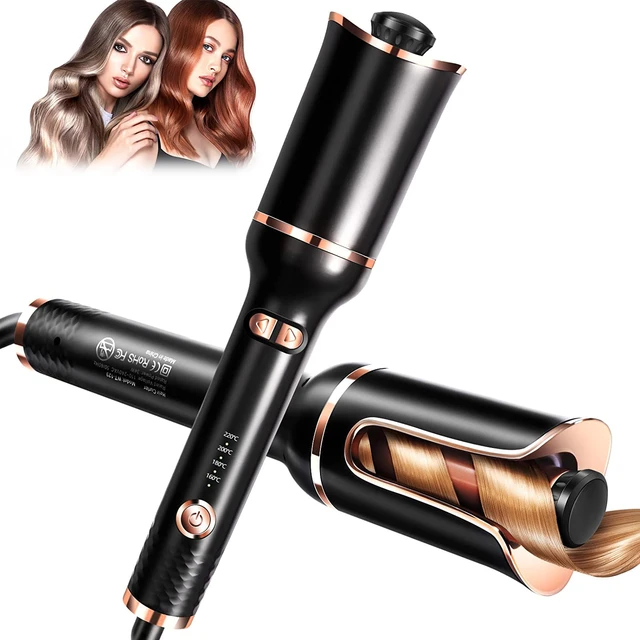 Product Recommendations
Product Recommendations
Using the right products can enhance your heat styling routine and protect your hair.
Heat Protectants
Invest in high-quality heat protectants from brands like Tresemmé, CHI, and Kenra. These products provide a protective barrier and reduce damage. Quality heat protectants are essential for any heat styling routine.
Moisturizing Treatments
Products like Olaplex No. 3, Moroccan Oil, and Shea Moisture Hydration Masque can help restore moisture and repair heat damage. Incorporating moisturizing treatments into your routine ensures that your hair remains healthy and hydrated.
Finishing Sprays
Light-hold hairsprays from brands like L’Oreal, Kenra, and John Frieda can set your curls without making them feel stiff. Finishing sprays help lock in your style while maintaining a natural look and feel.
Experimenting with Styles
Once you have mastered the basics, experimenting with different styles can make your heat styling routine more enjoyable.
Beach Waves
For loose and relaxed beachy waves, use a larger barrel and a lower heat setting. This style suits casual settings and adds a laid-back vibe to your look. Beach waves offer a versatile and effortlessly chic appearance.
Tight Curls
For tighter, more defined curls, use a smaller barrel and a higher heat setting. This style works well for formal occasions and provides a polished finish. Tight curls offer a more structured and elegant look.
Mixed Styles
Combine different barrel sizes and techniques for a more natural, voluminous look. Mixing styles adds depth and dimension to your curls, making them appear more dynamic. Experimenting with styles allows for creative and personalized hair styling.
Conclusion
What temperature should i curl my hair
Determining the right temperature to curl your hair involves understanding your hair type, selecting the appropriate heat setting, and using protective products. By following these guidelines and implementing best practices, you can achieve beautiful, salon-quality curls while maintaining the health of your hair. Understanding what temperature to curl your hair at ensures that you can enjoy stunning curls without compromising hair integrity. With the right approach, you can master the art of curling and enjoy versatile, long-lasting styles tailored to your specific hair type.




